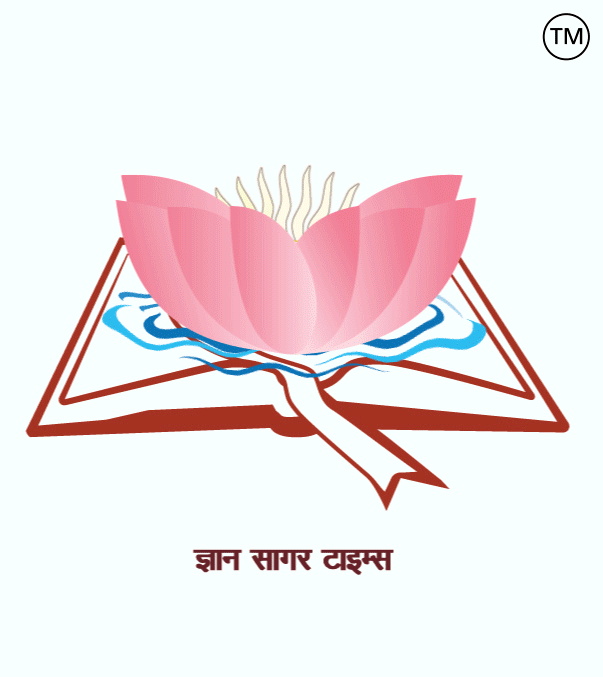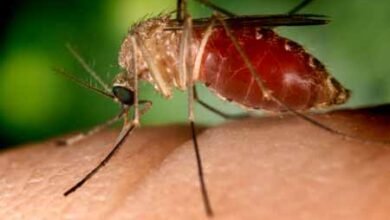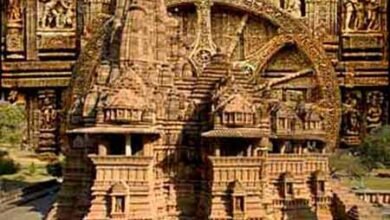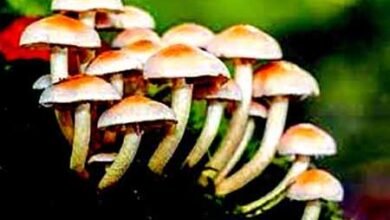
Related to Botany-160.
|
1. What is the study of growing and marketing flowering and ornamental plants? = Floriculture. 2. What is the study of vegetable science called? = Olericulture. 3. What is the scientific name of a mango? = Mangifera Indica. 4. What is the scientific name of paddy? = Oryza sativa 5. What is the scientific name of wheat? = Triticum aestivum. 6. What is the scientific name of peas? = Pisum sativum. 7. What is the scientific name of a gram? = Cicer arietinum. 8. Do roots show positive geotropism? = Mostly. 9. Which fungus causes green ear disease in millet? = Sclerospora graminicola. 10. Are the number of stomata reduced and sunken found? = Xerophytes. 11. What is the outermost covering of plant cells called? = Cell Wall. 12. There is an exception to Mendel’s laws? = Linkage. 13. The largest number in an ecosystem is? = Primary Producers. 14. Which is a measure of the amount of oxygen that is required for the decomposition of biodegradable organic matter by aerobic organic decomposers in a sample of water? = Biochemical Oxygen Demand. 15. Reliable indicators of air pollutants are? = Lichens and Moss. 16. The basic unit of classification is? = Species. 17. Industrially, the antibiotic penicillin is obtained? = from Penicillium chrysogenum. 18. Agroforestry is? = Along with agriculture, planting woody perennial trees on the same land. 19. Which works as a good biofertilizer for rice crops? = Blue-Green Algae. 20. Who gave the theory of mutation? = Hugo de Vries. 21. Who used the word gene for the first time? = Wilhelm Johanssen. 22. Who used the word biology for the first time? = Lamarck & Treviranus. 23. ‘Red rot disease’ in sugarcane is caused due to = By Fungus, Colletotrichum falcatum. 24. The fruit of which plant is found under the ground? = Peanuts. 25. The green colour of leaves is obtained by? = Chloroplast. 26. Water available for the roots of plants in the soil is? = Capillary Water. 27. ‘Red rot disease’ in sugarcane is caused due to = By Fungi. 28. Chicory powder when mixed with coffee powder is obtained? = From the roots of Cichorium intybus. 29. The most suitable tree to prevent dust pollution is? = Neem. 30. What are the plants that grow in water called? = Hydrophytes. 31. What type of vegetation is found in the Malabar region? = Tropical evergreen rain Forest. 32. Potato belongs to which family? = Solanaceae. 33. Plants that grow in the desert are called? = Xerophytes. 34. ‘Respiratory root’ is found in which plant? = Jussiaea. 35. Which tissue performs the function of transporting water in plants? = Xylem. 36. Cotton fibres are found in which part of the plant? = Epidermal Unicellular cellulosic hairs on seed surface as outgrowths of Tests of the cotton seeds.
Dr. (Pro.) Amrendra Kumar. ============= ============ ============ वनस्पति विज्ञान से संबंधित-160.
1. पुष्प विज्ञान के अध्ययन को क्या कहते है? = फ्लोरीकल्चर. 2. सब्जी विज्ञान के अध्ययन को क्या कहते है? = ओलेरीकल्चर. 3. आम का वैज्ञानिक नाम क्या है? = मैंगीफेरा इंडिका (Mangifera Indica). 4. धान का वैज्ञानिक नाम क्या है? = Oryza sativa 5. गेंहू का वैज्ञानिक नाम क्या है? = Triticum aestivum. 6. मटर का वैज्ञानिक नाम क्या है? = Pisum sativum. 7. चना का वैज्ञानिक नाम क्या है? = Cicer arietinum. 8. जड़ें धनात्मक भूम्यानुवर्तन (Positive Geotropism) होती हैं? = अधिकांश. 9. किस कवक के कारण बाजरे में ग्रीन इयर रोग होता है? = स्केलेरोस्पोरा ग्रेमिकोला. 10. रन्ध्रों की संख्या न्यूनीकृत होती है तथा ये धंसे होते हैं? = मरुद्भिदों. 11. पादप कोशिकाओं का सबसे बाहरी आवरण कहलाता है? = कोशिका भित्ति. 12. मेण्डल के नियमों का एक अपवाद है? = सहलग्नता. 13. किसी पारितंत्र में सबसे बड़ी संख्या होती है? = प्राथमिक उत्पादकों. 14. कौन ऑक्सीजन की उस मात्रा का मापन है जो जल के एक नमूने में वायवीय जैविक अपघटकों जैव क्षयकारी कार्बनिक पदार्थों के अपघटन के लिए आवश्यक है? = बायोकेमिकल ऑक्सीजन डिमाण्ड. 15. वायु प्रदूषकों का विश्वसनीय संकेतक (Indicators) है? = लाइकेन्स तथा मॉस. 16. वर्गीकरण की आधारीय इकाई है? = स्पेशीज (Species). 17. औद्योगिक स्तर पर पेनीसिलिन प्राप्त किससे किया जाता है? = पेनीसिलियम क्राइसोजेनम. 18. एग्रोफोरस्ट्री (Agroforestry) है? = कृषि के साथ-साथ उसी भूमि पर काष्ठीय बारहमासी वृक्ष लगाना. 19. चावल की फसल के लिए कौन अच्छे जैव उर्वरक का कार्य करता है? = नीलहरित शैवाल. 20. उत्परिवर्तन का सिध्दांत किसने दिया था? = ह्यूगो डे व्रीस. 21. सर्वप्रथम जीन शब्द का प्रयोग किसने किया था? = जोहानसन. 22. जीव विज्ञान शब्द का प्रयोग सर्वप्रथम किसने किया था? = लेमार्क व ट्रेविरेनस. 23. गन्ने में ‘लाल सड़न रोग’ किसके कारण उत्पन्न होता है? = कवकों द्वारा (कोलेटोट्राइकम फाल्काटम). 24. किस पौधे का फल भूमि के नीचे पाया जाता है? = मूंगफली. 25. पत्तियों को हरा रंग किसके द्वारा प्राप्त होता है? = क्लोरोप्लास्ट. 26. भूमि में पौधों की जड़ों के लिए उपलब्ध जल होता है ? = केशिका जल. 27. गन्ने में ‘लाल सड़न रोग’ किसके कारण उत्पन्न होता है? = कवकों द्वारा. 28. कॉफी पाउडर के साथ मिलाया जाने वाला ‘चिकोरी चूर्ण’ प्राप्त होता है? = किचोरियम इंटीबस की जड़ों से. 29. धूल प्रदूषण रोकने के लिए सबसे उपयुक्त वृक्ष है? = नीम. 30. जल में पनपने वाले पौधे क्या कहलाते हैं? = हाइड्रोफाइट्स. 31. मालाबार क्षेत्र में किस प्रकार की वनस्पति मिलती है? = उष्णकटिबंधीय सदाबहार वर्षा वन. 32. आलू किस कुल से सम्बन्धित है? = सोलेनेसी. 33. रेगिस्तान में पैदा होने वाले पौधे कहलाते हैं? = ज़ीरोफाइट्स. 34. ‘श्वसन मूल’ किस पौधे में पायी जाती है? = जूशिया. 35. कौन-सा ऊतक पादपों में जल के परिवहन का कार्य करता है? = जाइलम. 36. कपास के रेशे, पौधे के किस भाग में पाये जाते हैं? = एक कोशिया सेल्यूलोजिक हेयर्स जो बीज के टेस्टा का अभिवर्धन.
डॉ. ( प्रो. ) अमरेंद्र कुमार.
|






